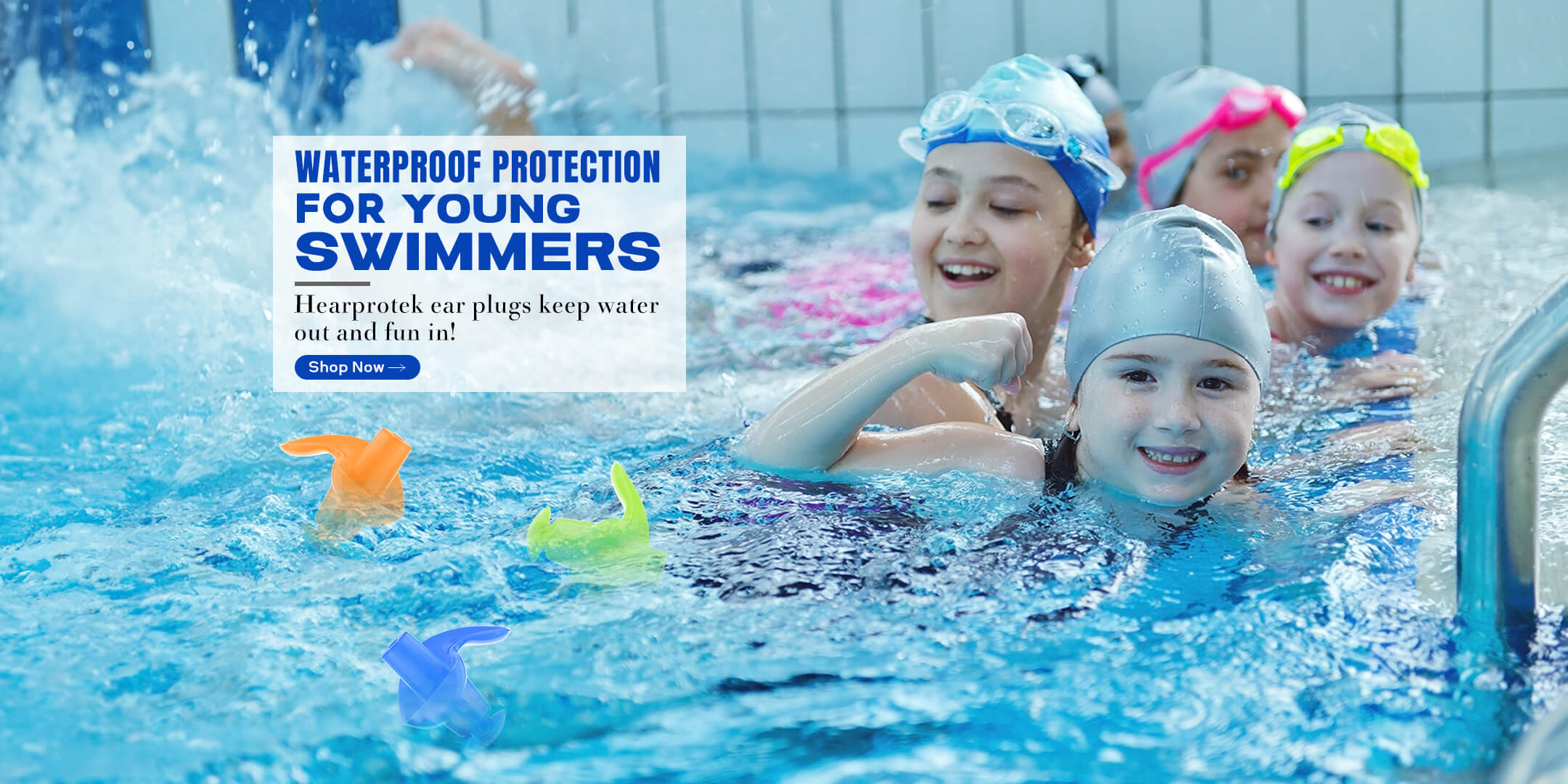The Science behind Ear Plugs: Understanding Noise Reduction Ratings (NRR)
Body
When it comes to protecting our ears from excessive noise, ear plugs play a crucial role. Whether you're attending a loud concert, working in a noisy environment, or simply trying to get a good night's sleep, understanding the science behind ear plugs and their noise reduction ratings (NRR) is essential. In this article, we will delve into the intricacies of ear plugs and explore how they work to protect our hearing.

The Basics of Ear Plugs
Ear plugs are small devices that are inserted into the ear canal to block or reduce the intensity of sound waves. They are typically made of soft, pliable materials such as foam, silicone, or wax. The effectiveness of ear plugs in reducing noise depends on their ability to create a seal within the ear canal, preventing sound from entering.
One of the key factors to consider when choosing ear plugs is their Noise Reduction Rating (NRR). The NRR is a measure of how much noise the ear plugs can reduce when properly worn. It is expressed in decibels (dB) and provides an indication of the level of protection the ear plugs offer.
The Science behind Noise Reduction Ratings (NRR)
The NRR of ear plugs is determined through rigorous testing in controlled laboratory conditions. During these tests, subjects wear the ear plugs while exposed to various noise levels. The difference in sound intensity before and after wearing the ear plugs is measured, and the NRR is calculated based on these measurements.
It's important to note that the NRR is not a direct indicator of how much noise will be blocked for every individual. The NRR is a standardized rating that provides a general estimate of the noise reduction capabilities of the ear plugs. Factors such as the fit of the ear plugs, the frequency of the noise, and individual variations in ear anatomy can affect the actual noise reduction experienced by the wearer.
The Importance of Proper Fit
One of the key factors that determine the effectiveness of ear plugs is their fit. A proper fit ensures that the ear plugs create a seal within the ear canal, preventing sound from entering. If the ear plugs are too loose or not inserted correctly, they may not provide adequate protection.
There are different types of ear plugs available, including foam, silicone, and custom-molded ear plugs. Each type has its own advantages and disadvantages, but the most important factor is finding ear plugs that fit well and are comfortable to wear for extended periods of time.
Choosing the Right Ear Plugs for Your Needs
When selecting ear plugs, it's important to consider the specific noise environment you will be exposed to. Different noise sources have different frequencies and intensities, and certain ear plugs may be more effective at reducing specific types of noise.
For example, foam ear plugs are often recommended for general noise reduction, as they provide a good balance of comfort and effectiveness. Silicone ear plugs are more durable and can be reused, making them suitable for situations where noise exposure is frequent. Custom-molded ear plugs offer the highest level of comfort and can be tailored to fit the unique shape of your ear.
Ultimately, the choice of ear plugs depends on personal preference and the specific needs of the individual.
Conclusion
Understanding the science behind ear plugs and their noise reduction ratings is essential for protecting our hearing in noisy environments. By choosing ear plugs with an appropriate NRR and ensuring a proper fit, we can effectively reduce the risk of noise-induced hearing loss. Remember to prioritize comfort and consider the specific noise environment when selecting ear plugs.







Comments